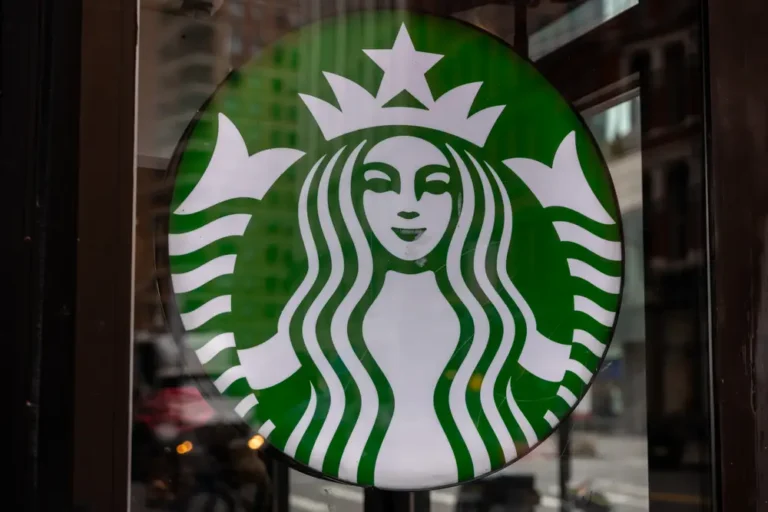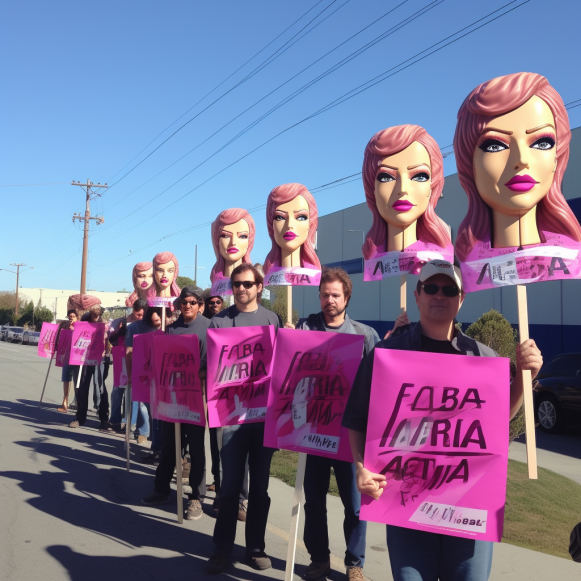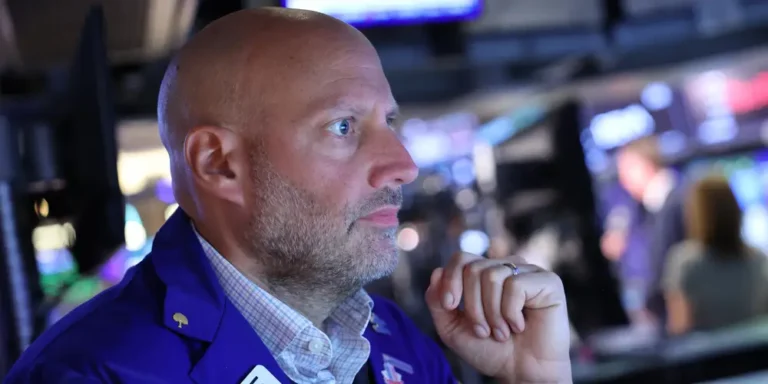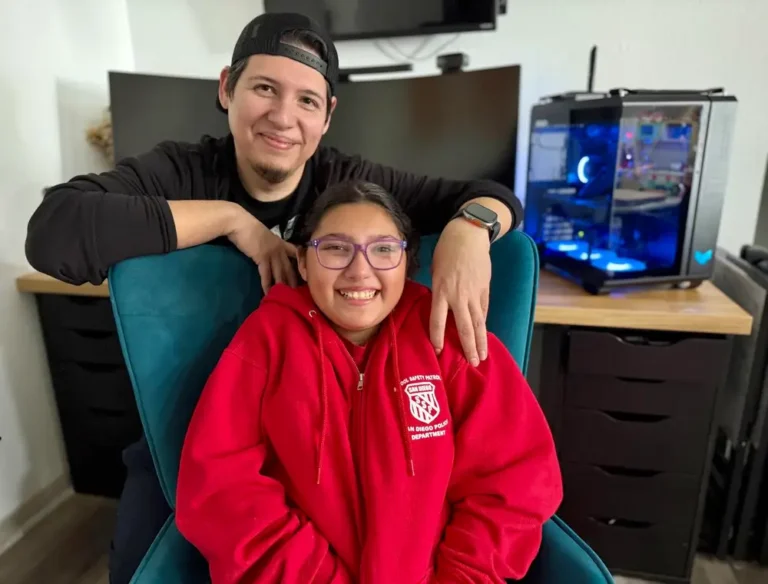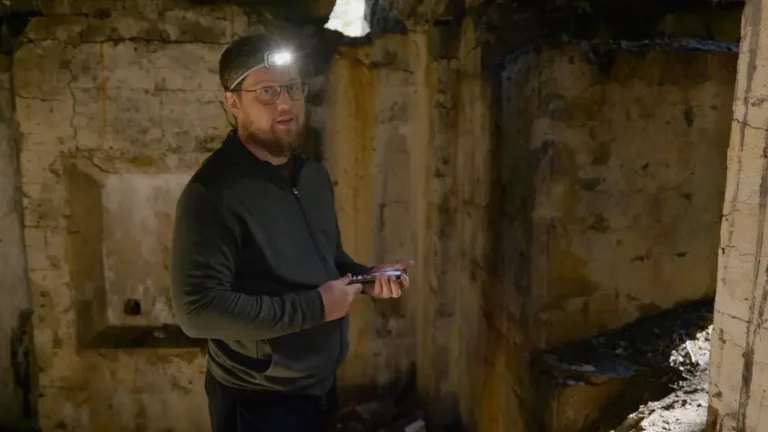How to buy a rental property with no money down: A real-estate investor with a 26-unit portfolio shares 2 strategies for new investors — and 7 other tips for getting started

- Camille Spinelli has used multiple strategies to acquire properties.
- She shared two that involve no money down: using hard money loans and credit cards.
- There are other cheap ways to buy properties, like getting an FHA loan, she said.
Camille Spinelli made the decision to pursue financial independence through real estate investing in 2018.
She and her husband Joe had a couple of properties under their belts, but they wanted to keep growing. There was only one problem: they didn’t have much money to put down.
However, this did not deter them. According to property title documents obtained by Insider, the couple now has a portfolio of 26 units. And to get there, they used a couple of financing strategies that allowed them to buy houses with no money down.
One is a strategy that many people are probably unaware is even possible: they purchased a $60,000 property with credit cards.
They used a service called Fund & Grow to accomplish this. The website enables prospective investors to pool funds from multiple credit cards to put toward a property. They then paid the title company through the business transaction firm Plastiq.
While this may appear risky, given that credit card debt can quickly accumulate and that more than one-third of Americans carry an ongoing credit card debt balance, the Spinellis took a low-risk approach. This is because the credit cards they used were zero-interest for a year or more, and when a tenant moved in, they immediately began paying off the balance with rent payments.
They reduced the balance to $40,000 over the first year and then decided to take a cash-out refinance out of the house. She stated that the property’s value had increased to $85,000 during that time, so they took out $60,000 of equity through the refinance, repaid the remaining credit card balance of $40,000, and then used the remaining money for other down payments.
The Spinellis’ other no-money-down option was to borrow money from a hard-money lender.
Hard-money lenders provide quick access to cash with fewer restrictions than a bank loan, but interest rates are higher and loan terms are shorter. According to Rocket Mortgage, average hard-money loan rates in May 2022 ranged from 8-15%. In comparison, according to current Mortgage News Daily data, the average 30-year fixed mortgage rate is around 7%.
When the Spinellis used a hard money lender, they borrowed enough to buy and fix up the property. With the property’s value increased as a result of the rehab, they obtained a cash-out refinance from a bank, paid off the hard-money lender, and rented out the property to a tenant whose rent payments would be used to repay the cash-out refinance.
This is one method of implementing the BRRRR strategy, which stands for buy, rehab, rent, refinance, and repeat.
7 top tips for new investors
If neither of the above options is appealing, Spinelli suggests buying a home with an FHA (Federal Housing Act) loan, which allows buyers to purchase a home with a very low down payment. For example, she used one to purchase her first home in 2009 with a 3.75% down payment.
However, you must live in the property for at least a year. Given this, she advised considering house-hacking, or renting out rooms in the house to tenants. This is one method for paying off a mortgage faster or saving money for other down payments.
She advised maintaining the same lifestyle when you get a raise, saving the extra income, and cutting costs wherever possible to save enough for a down payment. She also stated that it is possible to join forces with someone who does have the money.
She then advised to invest for cash flow rather than for appreciation, especially given that home prices have risen by around 40% since the start of the pandemic.
This is also a safer approach, she claims, because it is not affected by price fluctuations.
“I would never go for appreciation when we’ve been at the top of the market,” Spinelli explained. “When you buy for monthly cash flow, it doesn’t matter if the property loses $50,000 in value tomorrow, because you’re buying for cash flow and that’s what you get.” And when a crash occurs, your value usually returns within 10-12 years.”
Camille advised using the 1% rule to ensure you have enough cash flow to make the mortgage payment each month. This rule states that rent payments should be equal to 1% of the amount you paid for the property.
Finally, she advised to avoid buying in areas with higher property taxes. She mentioned New York, New Jersey, and California as examples.

